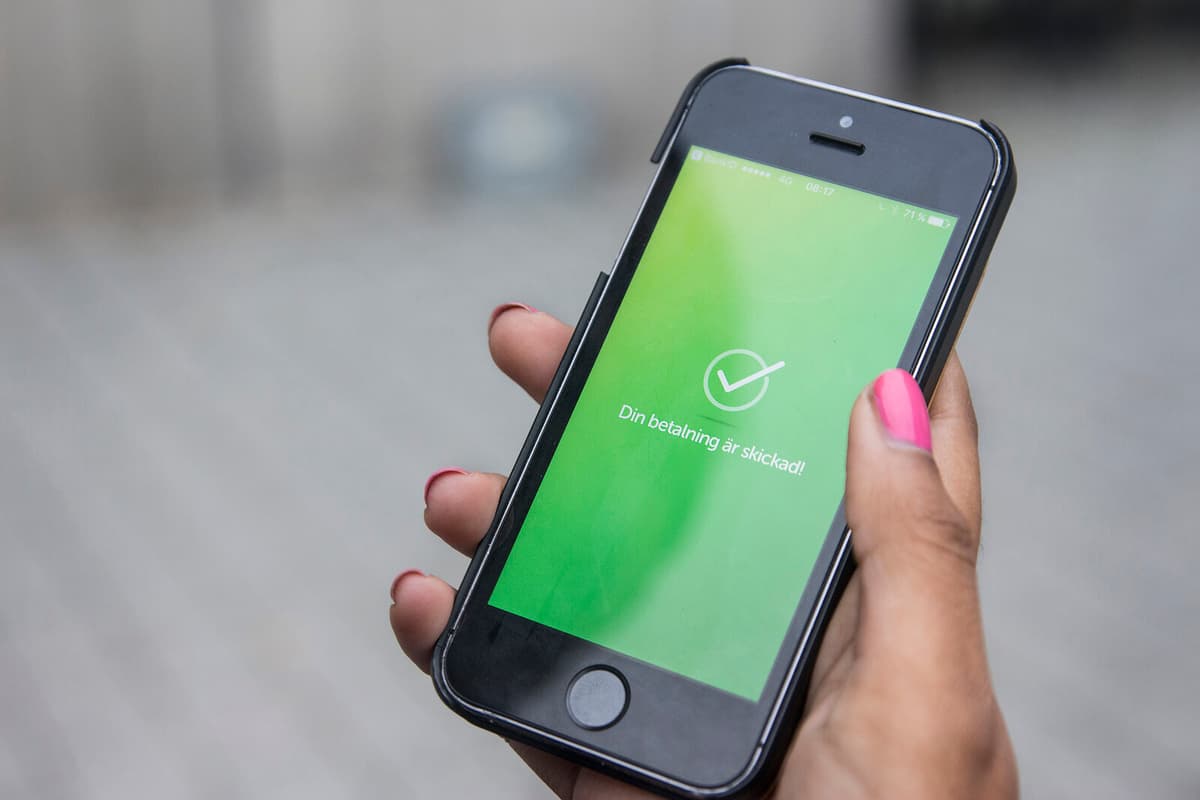We flag these things and try to push for the platforms to remove them, says Lotta Mauritzson, crime prevention officer at the police's national fraud center.
It's been a few years since the first reports of fraud with fake Swish apps emerged, according to Mauritzson.
"Right now, it's about a limited number of fake apps. We are actively working to shut down the type of social media accounts and websites that spread fake apps," writes Swish in an email response to questions from TT.
"They pop up in different places"
Fraudsters tend to strike in stressful situations. It's easier to succeed with the scam if the person receiving payment is stressed and has difficulty checking if the payment has actually been made, according to Mauritzson.
Like at restaurants or festivals. Where there are a lot of people, she says.
Last weekend, reports of Swish fraud emerged in Varberg. But there are no geographical patterns in the reports the police receive.
They pop up in different places in the country, says Mauritzson.
She is not aware of any ongoing investigations into suspected manufacturers of the fake apps and adds that it's difficult to track down those who actually use the apps for fraud.
Those who display a fake payment can be difficult to trace since we don't have any digital tracks.
Private individuals can also be affected
Private individuals can also be affected when a buyer is supposed to pay with Swish, warns Mauritzson:
It can be difficult to see and determine if it's a fake app just by looking at the payer's screen. Therefore, it's extremely important to make sure the money comes into your account. That's what you should look for.
Otherwise, there's a risk it's a fake app, something that looks like Swish.
Swish also recommends that users not trust images on the buyer's mobile phone. Instead, check if the money has actually come into your own account, is the message.
"The merchant can only confirm receipt of payment by using the Swish business app, having Swish integrated into the cash register, or checking the bank account," writes Jenny Ragnartz at Swish owner Getswish's communications department to TT.
The mobile payment service Swish – launched in 2012 – is operated by Getswish AB. It is owned by six of Sweden's largest banks: Danske Bank, Handelsbanken, Länsförsäkringar, Nordea, SEB, Swedbank, and Sparbankerna.
Other banks are connected to Swish's payment system, so their customers can use the service.
For the millions of private individuals who use the Swish app, the service is free when transferring money to other private individuals or paying in stores, online, or at restaurants. Swish instead generates its revenue from fees charged to businesses that use Swish. The fees vary depending on how the business uses Swish.





